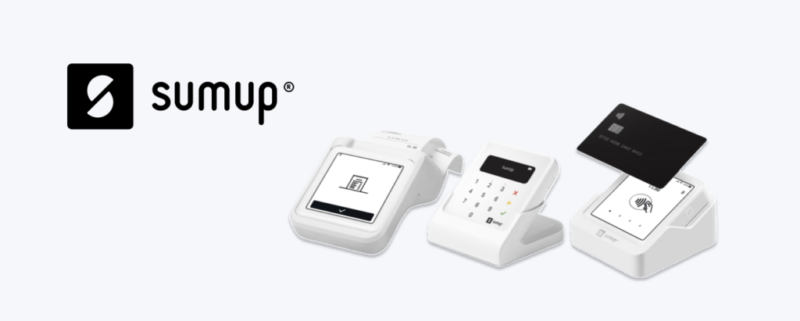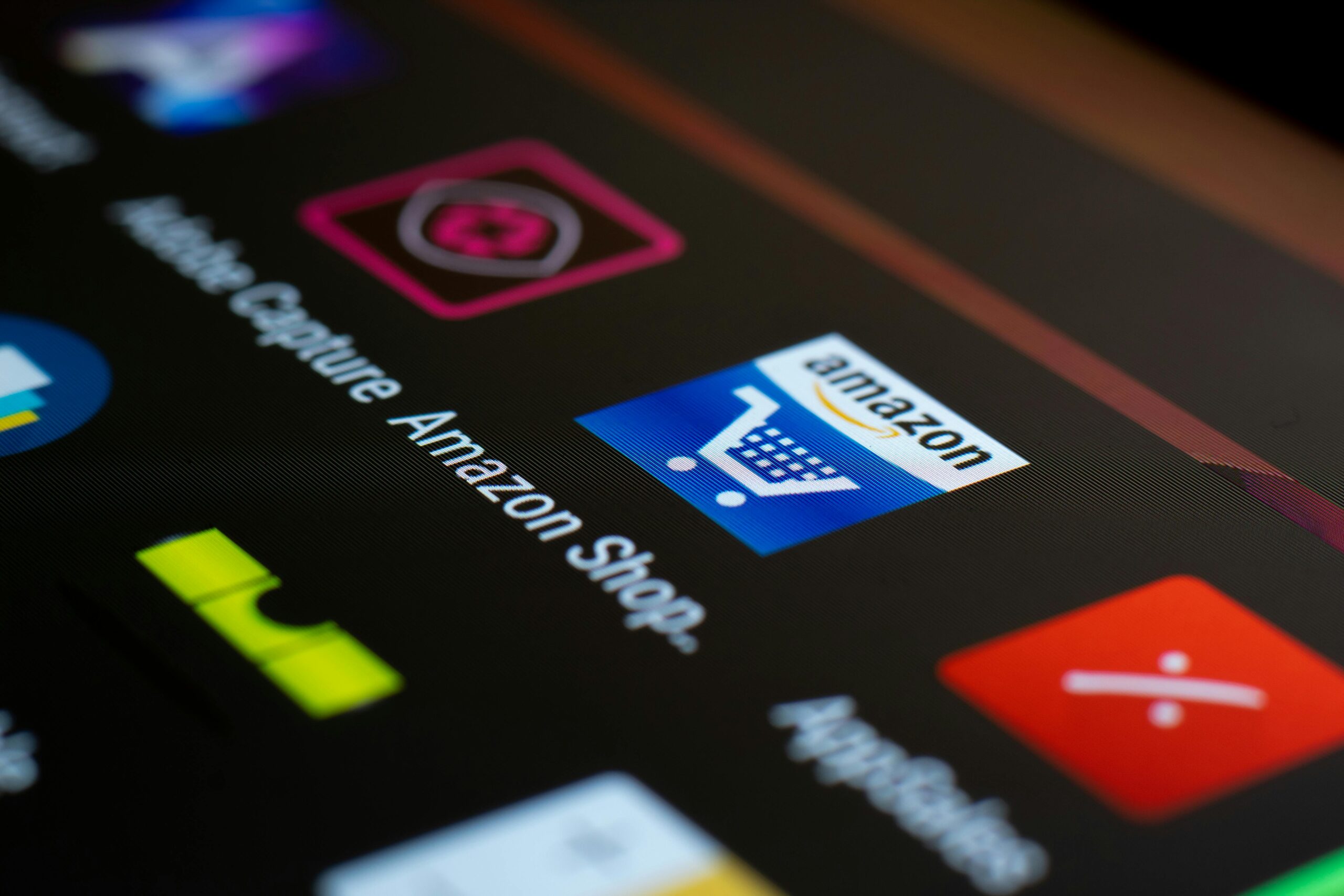Revolut, the fast-growing fintech giant, is making a bold move into the payment terminal market, targeting larger businesses with its new Revolut Terminal. This product launch signifies a significant push to expand the company’s business-to-business offerings, directly challenging established competitors like Square and SumUp.
With this introduction, Revolut aims to provide larger retailers and businesses with a more reliable, integrated payment solution that leverages its existing digital ecosystem. But what exactly does the Revolut Terminal offer, and how does it compare to other payment systems?
Key Features of the Revolut Payment Terminal
Revolut Terminal is packed with features designed to address the specific needs of medium-to-large businesses. The fintech company has designed the terminal to support merchants in various areas:
- Revolut Pay Integration: One of the standout features of the Revolut Terminal is its seamless integration with Revolut Pay, allowing the firm’s 45 million global users to make payments directly through the Revolut app. For customers, this means access to Revolut’s loyalty program where they can earn “RevPoints” with every transaction. Merchants benefit from lower transaction fees—just 0.5% plus £0.02, which is highly competitive in the market.
- Business Management Software: The terminal isn’t just a hardware solution—it also offers access to a suite of business tools through Revolut Business software. This includes features like:
- Analytics and reporting: Gain insights into sales performance.
- Table mapping and multi-location management: Particularly useful for businesses like restaurants or retail chains operating in more than one location.
- Customer catalogues: Create and manage customer profiles for a personalized service experience.
- High Uptime Guarantee: Recognizing that reliability is a critical component for larger businesses, Revolut has promised 99.9% uptime, ensuring that merchants can process transactions uninterrupted, even during high-traffic periods like Black Friday.
Revolut’s Competitive Edge Against Square and SumUp
The in-person payments space has long been dominated by players like Square, SumUp, and Dojo. Revolut’s entrance into this market brings unique advantages:
- Extensive User Base: Revolut boasts over 45 million users worldwide, and by integrating its new payment terminal with Revolut Pay, it offers merchants direct access to this vast user base. No other European acquirer can claim such a large potential customer pool.
- Lower Fees and Loyalty Programs: Revolut Terminal offers competitive fees, which undercut many legacy terminals and even some of its fintech rivals. Moreover, by incentivizing customers with its RevPoints program, Revolut creates an ecosystem where both merchants and customers benefit.
- Modern, Integrated Technology: Codina, the general manager of Revolut’s merchant acquiring business, emphasized that much of the payment infrastructure in Europe is based on legacy systems. Revolut Terminal is positioned to disrupt this market with modern technology and better customer experiences, which could be a game-changer for large businesses seeking more efficient, scalable payment solutions.
Target Market: Larger SMEs and Retailers
Revolut’s previous products, such as its card reader and iPhone tap-to-pay, have been well-received by small businesses and freelancers. However, the Revolut Terminal is designed specifically for larger small to medium enterprises (SMEs), which may have multiple locations and require more advanced features. The payment terminal is ideal for retailers with high transaction volumes, such as chain stores or large restaurants.
By entering this new market, Revolut is “betting on a new segment” that has greater complexity and demands, said Codina. For businesses that require multi-location management, real-time analytics, and integration with customer loyalty programs, Revolut Terminal offers a solution that few competitors can match.
A Reliable Solution for High-Demand Periods
Retailers face increasing pressure to keep their payment systems running smoothly during busy periods. Revolut Terminal promises uninterrupted sales with a focus on reliability. This level of assurance is crucial for businesses that deal with high volumes of transactions, especially during peak shopping periods like Black Friday, when other systems may falter.
Last year, Revolut’s payment processing technology boasted 100% uptime, an impressive achievement in a sector where payment outages can cause significant revenue loss. With Revolut Terminal, the company is pushing this reliability further by aiming for 99.9% uptime.
A Strategic Move in Fintech Innovation
Revolut’s entry into the in-person payments market is more than just about challenging Square and SumUp. It’s about positioning the company as a key player in the fintech revolution, offering a full suite of services that appeal to both consumers and businesses. With Revolut Terminal, the company is also challenging traditional acquirers, which have long dominated the payment infrastructure landscape with outdated systems.
Codina hinted at the opportunity for growth in replacing these legacy terminals, emphasizing that Revolut’s technology is not only modern but uniquely positioned to help merchants market to a massive global user base.
Conclusion
Revolut Terminal represents a significant step forward in the evolution of business payment systems. By combining competitive fees, innovative technology, and access to a global customer base, Revolut is challenging both fintech rivals and legacy payment providers. For larger businesses, the terminal offers reliability, flexibility, and a powerful suite of tools that help drive efficiency and customer engagement.









